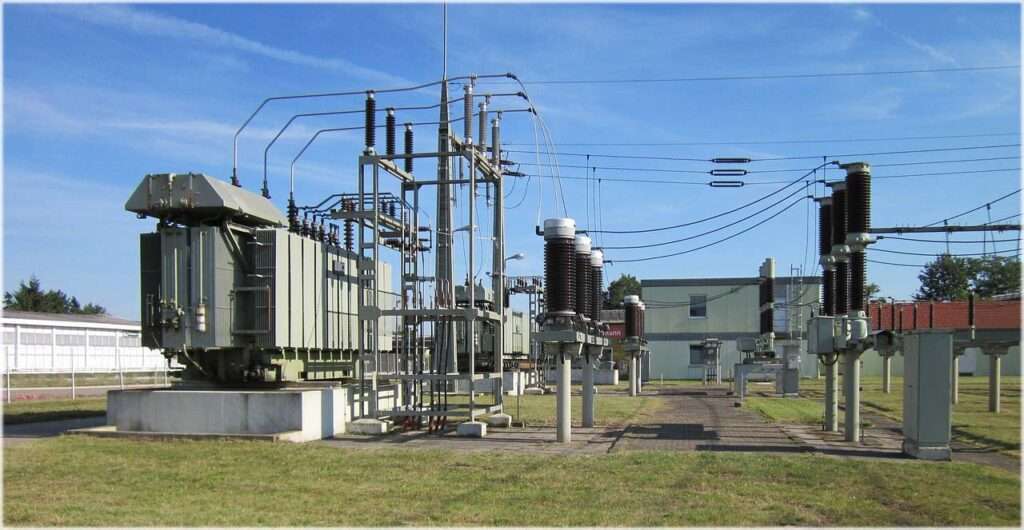What is Diversity Factor in Electrical Load?
Diversity Factor in electrical load systems, refers to a measure that quantifies the variation or diversity in the operation of individual loads within a group. It represents the ratio between the sum of the individual maximum demands of loads and the maximum demand of the entire group.
Read More About

The diversity factor takes into account the fact that not all loads in a system or group will operate at their peak simultaneously. It acknowledges the probability that different loads have different patterns of power usage, and their peak demands are unlikely to occur simultaneously. By considering this diversity, engineers can more accurately determine the overall capacity requirements of the system and avoid over-sizing equipment.
Value of Diversity Factor in Electrical Load
A higher diversity factor in electrical load suggests a lower likelihood of simultaneous peak demands among loads, enabling the system to be designed with a smaller overall capacity. Conversely, a lower diversity factor in electrical load implies a higher probability of coinciding peak demands, requiring larger equipment to accommodate the cumulative power requirements.
The diversity factor is an important parameter used in load calculations, system design, and equipment sizing to ensure efficient utilization of resources, optimize energy distribution, and maintain reliable electrical systems. It assists engineers in making informed decisions to meet the power demands of a diverse range of loads while avoiding unnecessary costs and inefficiencies.
Related Posts:
- What is Demand Factor and Diversity Factor?
- Transformers: Important Types, Features
- Transformer Oil Testing: 9 Important Tests
- 10 Transformer Tests Before Commissioning
Follow us on LinkedIn”Electrical Insights” to get the latest updates in Electrical Engineering. You can also Follow us LinkedIn and Facebook to see our latest posts on Electrical Engineering Topics.
